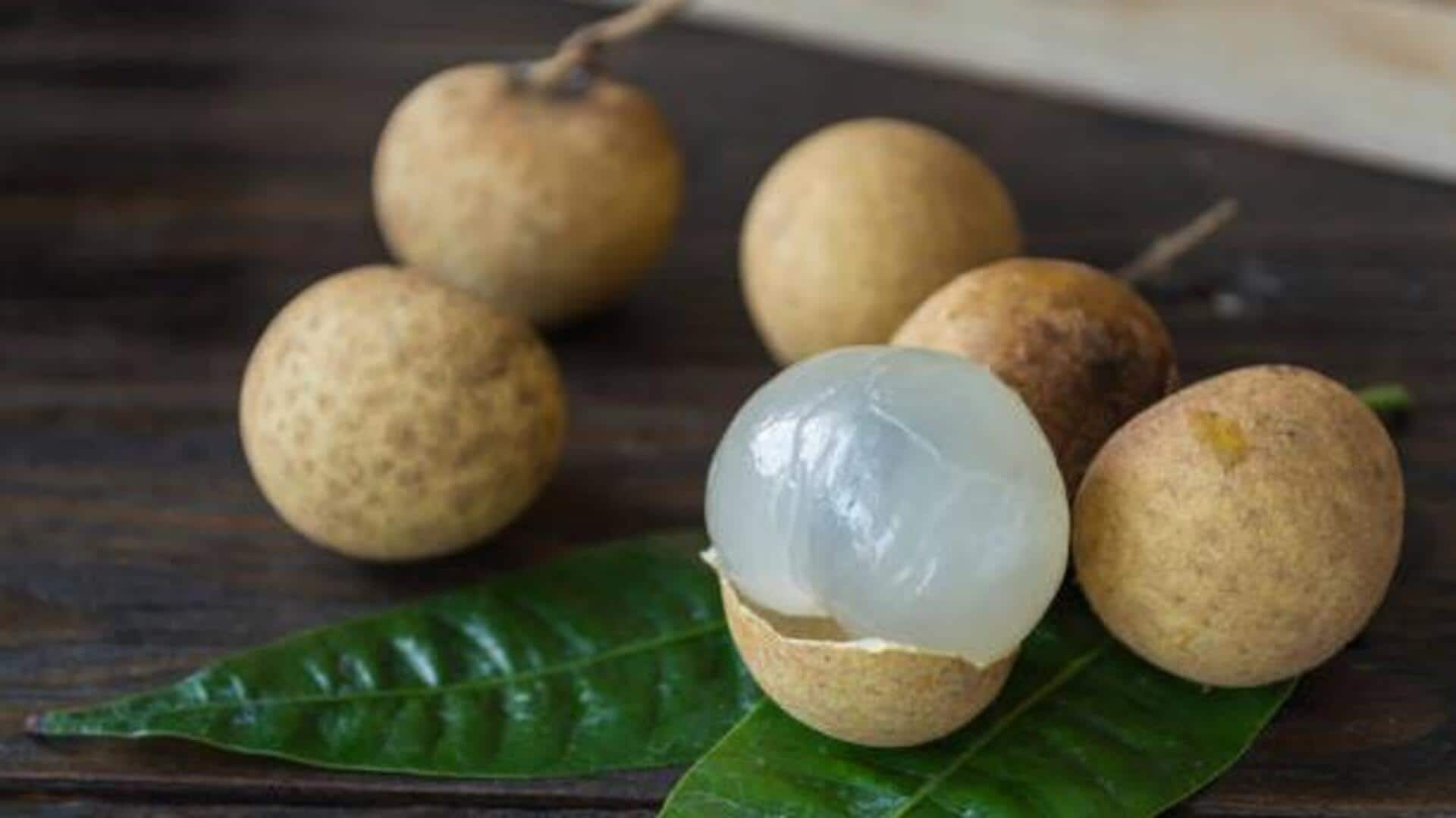Dry Consumption Danger
One frequent error is eating chia seeds dry, without any liquid. Chia seeds are known for their incredible ability to absorb water. When consumed dry, they
can soak up moisture in your throat and esophagus, potentially causing choking or discomfort. To avoid this, always soak chia seeds in water or add them to a liquid-based meal like yogurt, smoothies, or oatmeal. This allows the seeds to expand properly, ensuring safe and easy digestion. Moreover, pre-soaking also helps the body absorb the nutrients more effectively.
Incorrect Dosage Amounts
Another mistake is not paying attention to the serving size. While chia seeds are packed with nutrients, overconsumption can lead to digestive issues such as bloating, gas, and stomach cramps. Generally, a recommended serving size is around 1–2 tablespoons per day. Sticking to this amount allows you to reap the benefits without experiencing unpleasant side effects. Start with a smaller quantity if you're new to chia seeds and gradually increase as your body adjusts, always observing how your body reacts to the seeds.
Ignoring Hydration Needs
Because chia seeds absorb significant amounts of water, it's crucial to increase your water intake when incorporating them into your diet. Failure to do so can result in constipation or dehydration. Drink plenty of water throughout the day, particularly after consuming chia seeds. This ensures the seeds have enough liquid to expand properly in your digestive system and prevent any digestive troubles. The fiber in chia seeds also contributes to satiety, so drinking water helps to maximize this effect and aids digestion.
Skipping Proper Soaking
Not soaking chia seeds before consumption is a common mistake, especially when using them in recipes. Soaking chia seeds softens them and makes them easier to digest. It also unlocks more of their nutritional value, as pre-soaking activates certain enzymes. Soak chia seeds for at least 15–30 minutes in water or another liquid before eating them. This process allows the seeds to form a gel-like consistency, which enhances their texture and makes them more enjoyable to eat. Soaking also improves the body's ability to absorb the nutrients more effectively.
Storage and Freshness
Improper storage can lead to the chia seeds losing their nutritional value and going stale. Store chia seeds in an airtight container in a cool, dark, and dry place. This protects them from light, heat, and moisture, which can degrade their quality. Keep an eye on the expiration date and use them within a reasonable timeframe. Fresh chia seeds will have a mild, nutty flavor and a slightly crunchy texture. If they taste rancid or stale, it's best to discard them. Regularly check your seeds to ensure they are in good condition.
Not Considering Allergies
Although rare, some individuals can be allergic to chia seeds. It’s crucial to be aware of potential allergic reactions when consuming chia seeds, especially for the first time. Symptoms can range from mild skin rashes to more severe reactions like difficulty breathing or swelling. If you experience any allergic symptoms after eating chia seeds, stop using them immediately and consult a healthcare professional. Introduce chia seeds slowly into your diet and monitor for any adverse reactions to ensure your body tolerates them well.
Combining with Medications
Chia seeds can affect the efficacy of certain medications, so consulting your doctor before adding them to your diet is essential, particularly if you are taking any medications. Chia seeds may have blood-thinning properties. If you are on blood-thinning medication or have a bleeding disorder, it's crucial to monitor your consumption and discuss it with your doctor. Furthermore, if you're taking medications for high blood pressure or diabetes, chia seeds can influence these conditions. Your doctor can help you adjust your dosage or advise how to safely incorporate chia seeds.






